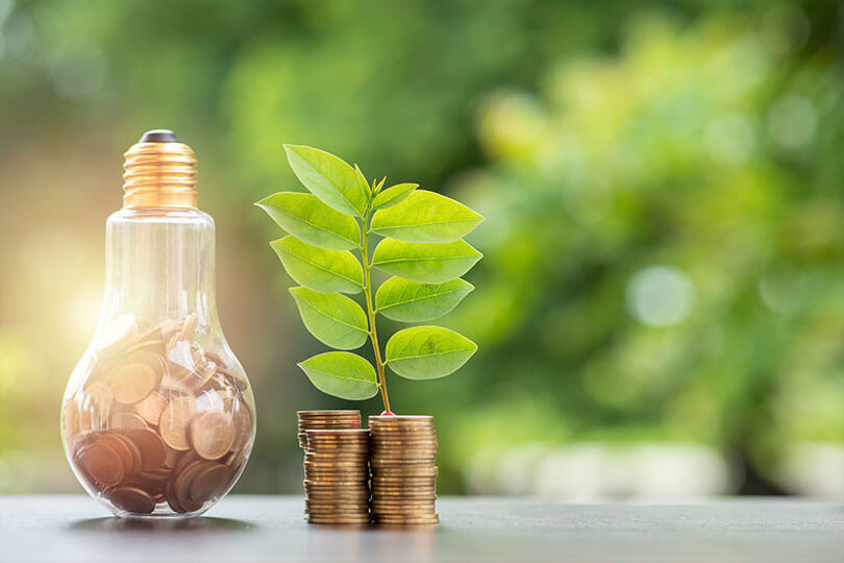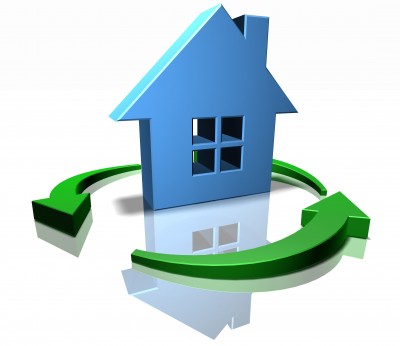Improving the Efficiency of Your Home

Making your home more energy efficient is a cost-effective way to not only save money but to also improve the performance of your home. The most effective strategy for improving your Deep South home’s energy efficiency is to focus on the “shell” of the house…the attic, windows and doors. Next, improve the energy efficiency of systems such as heating, cooling, lighting and appliances. Last, but not least, consider clean energy generation such as solar or geothermal.
The first step toward energy efficiency is to make sure that your attic’s super insulated. High quality insulation slows the rate that heat flows out of the house in the winter or into the house in the summer. That means it takes less energy to heat or cool your house. If you have an unfinished attic, it is worthwhile to upgrade its insulation. It is a good idea to use an Energy Auditor to make sure that the insulation is installed properly. Professional Home Energy Audits
The next step is to upgrade or replace windows. If your windows are old or leaky, it is time to increase their efficiency by using weather stripping and storm windows and you may not replace them if you live in a locally designated historic district. It’s not usually cost-effective to replace windows just to save energy, if you are going to replace them anyway, the additional cost of Energy Star-rated replacement windows is very modest and is a comfort improving upgrade that is worth the cost. Energy Star Windows
Another way to save some energy in your home is to plant shade trees and shrubs around your house. If you have an older home with poor insulation and windows, good landscaping can help, especially if planted on the house’s west side. Deciduous trees are the best way to go for this purpose. During the summer, the foliage will block the infrared radiation that would warm the house, while in the winter the bare branches will let the radiation through. Deciduous Trees
Replacing an older furnace with a new high-efficiency system may seem like a huge expense, but in the long run it will save energy and money. If your furnace was built before 1992 and has a standing pilot, it likely wastes 35% of the fuel it uses, and it’s probably near the end of its service life. ACEEE (American Council for an Energy-Efficient Economy) recommends you replace it with a condensing furnace with annual efficiency of at least 90%.
You can improve the efficiency of your hot water system by turning down the temperature of your water heater to the “warm” setting (120 degrees F). You can also insulate your hot water lines so that they don’t cool off as quickly between uses. And using low-flow fixtures in your showers and baths will help as well.
You can use ¾ of the energy used with incandescent light bulbs by replacing them with compact fluorescent lamps (CFLs). You may not realize that the cost of the electricity used to run a light bulb is more than the cost of the bulb itself. A CFL may be a little more expensive than the traditional light bulb, but it lasts for 10,000 hours and uses only 27 watts to generate as much light as 100-watt incandescent bulb. Over the long haul, you will save money by investing in CFLs.
You can save money with an energy efficient home in many ways, including the tax benefits that are available to you. Federal tax incentives are out there for energy efficiency upgrades to existing homes. Database of State Incentives for Renewables & Efficiency
If you are in the market to buy or sell a home, let Sandra Nickel and her Hat Team of Professionals assist you with all your real estate needs! Call them today at 334-834-1500!
Photo Credit: confused.com



 Use pipe insulators to keep hot water hot for a longer time and a hot water heater blanket ($10.00 to $20.00) to both prevent temperature loss and reduce the amount of electricity/gas needed to maintain the water temperature. Be aware that the further heat or air conditioning has to travel, the greater the temperature loss. Insulating your heating and cooling ducts can prevent up to 60% of this loss. Remember that even a small area of
Use pipe insulators to keep hot water hot for a longer time and a hot water heater blanket ($10.00 to $20.00) to both prevent temperature loss and reduce the amount of electricity/gas needed to maintain the water temperature. Be aware that the further heat or air conditioning has to travel, the greater the temperature loss. Insulating your heating and cooling ducts can prevent up to 60% of this loss. Remember that even a small area of 






